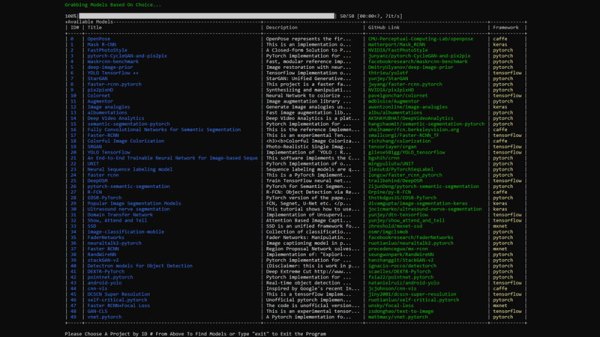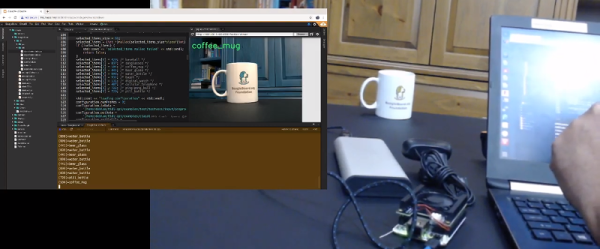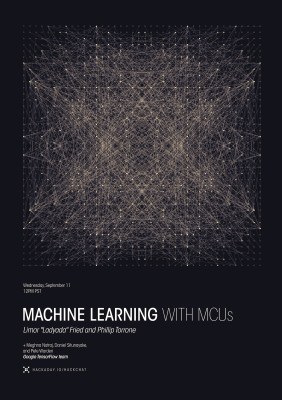Training a machine learning model is not a task for mere mortals, as it takes a lot of time or computing power to do so. Fortunately there are pre-trained models out there that one can use, and [Max Bridgland] decided it would be a good idea to write a python module to find and view such models using the command line.
For the uninitiated, Modelzoo is a place where you can find open source deep learning code and pre-trained models. [Max] taps into the (undocumented) API and allows a user to find and view models directly. When you run a utility, it goes online and retrieves the categories and then details of the available models. From then on, the user can select a model and the application will simply open the corresponding GitHub repository. Sounds simple but it has a lot of value since the code is designed to be extendable so that users working on such projects may automate the downloading part as well.
We have seen projects with machine learning used to detect humans, and with AI trending community tools such as this one help beginners get started even faster.



















